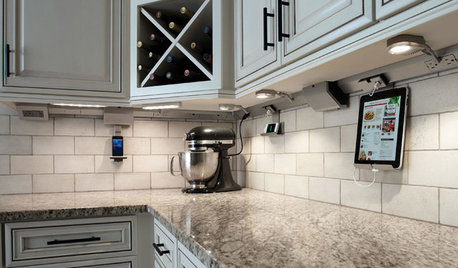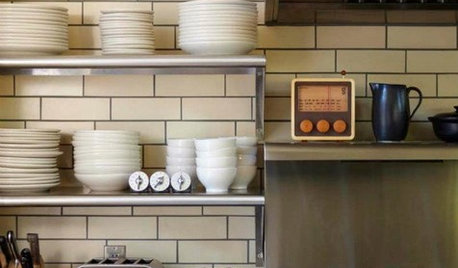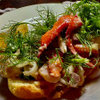A few years back I had to replace my beloved 10" Wusthof chef's knife. I HATE that full-length bolster they are so proud of! You can't sharpen the knife all the way down the blade, and after 25 years I had a lovely (NOT!) scalloped-at-the-handle-side knife.
The bolster impeded the cutting action to the point where I was having to hold the knife back from the middle of my cutting board, because otherwise the blade couldn't cut all the way from to back (think: like a pivot on a hinge, the bolster protruded below the knife edge).
Disgusted, I took Cook's Illustrated testing advice and bought a Lamson. Lighter weight, but with a nice handle that was rounded and much better non-slip surface.
But the blade just would not stay as sharp. Hmmm....maybe it's me? Maybe my Chef's Choice sharpener isn't as good as it used to be? So I had it professionally sharpened (very inconvenient). Nope, it wasn't any better.
Then I bought a 6" Wusthof Gourmet Santoku. Now I had a side-by-side comparison for how long a good edge would last. And yes, the Wusthof held its edge twice as long as the Lamson. Darn!
So I gave up, or in. Ordered the Wusthof Pro 8" Santoku (couldn't find a 10", and the 8" was on sale for a super price). Boy, this thing has heft! Feels like my old Chinese cleaver compared to the Lamson. It's supposedly some new stainless alloy that will hold an edge longer, but we'll see. I bought the manual Wusthof sharpener so I can compare it to my electric Chef's Choice sharpener; that will be the next test.
Feels good in the hand, but I regret losing the superior Lamson handle. And now I've got that $%#&% bolster again - grrrr!
But I guess if I have to replace it in 20 yrs, I'll be over 80 by then and maybe we'll have Star Trek-like food replicators, so no more chopping needed!






foodonastump
dcarch7 d c f l a s h 7 @ y a h o o . c o m
Related Discussions
Roses You Love To Hate (And Hate To Love)
Q
I hate deer I hate deer I hate deer
Q
Wusthof Gourmet Knife Set
Q
I hate deer! I hate deer!
Q
John Liu
dcarch7 d c f l a s h 7 @ y a h o o . c o m
John Liu
John Liu
marknmt
jakkomOriginal Author
foodonastump
jakkomOriginal Author
dcarch7 d c f l a s h 7 @ y a h o o . c o m
John Liu
dcarch7 d c f l a s h 7 @ y a h o o . c o m
rosesinny